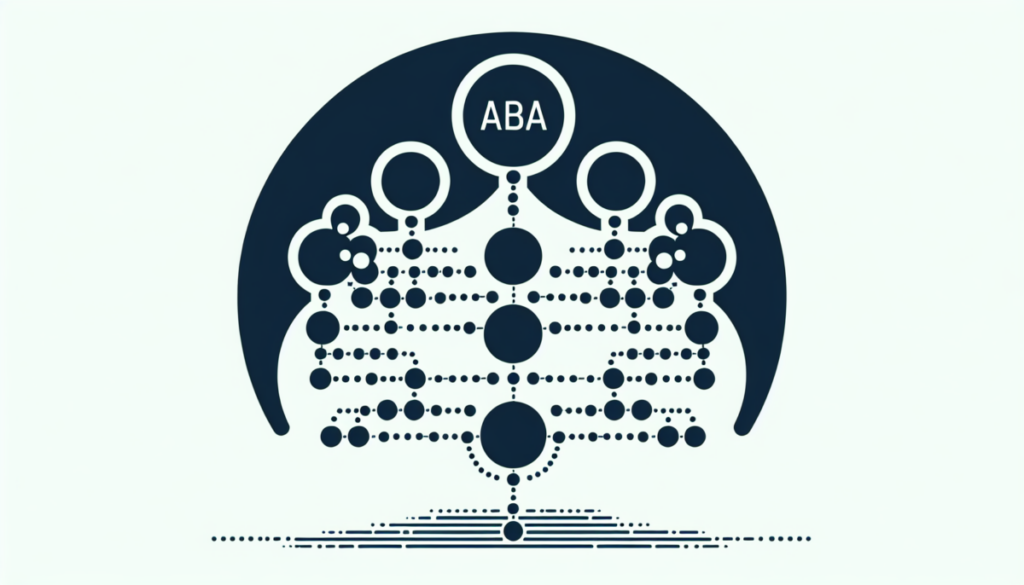
Applied Behavior Analysis (ABA) is a widely recognized approach used to teach new skills and modify behaviors, particularly for individuals with developmental disabilities, including autism. One of the key techniques within ABA is the prompting hierarchy, a structured method that helps learners acquire new skills while gradually fostering independence. In this article, we’ll explore the concept of prompting hierarchy ABA, how it works, and why it’s a crucial component in effective teaching strategies.
What is the Prompting Hierarchy ABA?
The prompting hierarchy ABA refers to a based sequence of help provided to learners to assist them gather new capabilities. It starts off evolved with the maximum intrusive activates and progressively actions to much less intrusive ones as the learner gains proficiency. This technique ensures that newcomers obtain the right degree of assistance at each degree of studying, facilitating a smoother transition to impartial overall performance.

Levels of the Prompting Hierarchy ABA:
Understanding the specific ranges inside the prompting hierarchy ABA is vital for powerful teaching. Each stage represents a distinct form of help, ranging from direct physical steerage to subtle cues.
Full Physical Prompt
The most supportive degree within the prompting hierarchy ABA is the overall bodily spark off. This includes physically guiding the learner through the entire undertaking. It is used whilst the learner is to start with introduced to a new skill or once they want considerable help.
Ex: In coaching a baby to apply a spoon, a full bodily set off would possibly contain the instructor putting the spoon in the infant’s hand and guiding the hand to the mouth.
Partial Physical Prompt
A step down from the whole physical activate is the partial bodily activate. Here, the instructor offers some physical help but permits the learner to perform a part of the mission independently.
Ex:For the equal task, a partial physical activate could contain the teacher helping the kid keep the spoon but letting them scoop the food themselves.
Modeling Prompt
Modeling activates contain demonstrating the favored conduct for the learner to mimic. This kind of set off is much less intrusive and allows learners visualize the proper manner to perform a assignment.
Ex: To train the kid to use a spoon well, the teacher would possibly demonstrate the right method after which ask the child to replicate it.
Verbal Prompt
Verbal activates are spoken cues or commands that manual the learner through the project. These prompts are less intrusive than bodily help and are beneficial while the learner can apprehend and comply with verbal directions.
Ex: The instructor might say, “Hold the spoon like this” or “Now, scoop the food,” presenting verbal steering at some stage in the undertaking.
Gestural Prompt
Gestural prompts use non-verbal cues, such as pointing or hand alerts, to manual the learner. This stage of prompting is diffused and encourages beginners to perform responsibilities with minimal direct help.
Ex: Pointing to the correct a part of the spoon or the food can serve as a gestural activate to manual the child.
Positional Prompt
Positional activities involve arranging substances or the environment to inspire the learner to finish the challenge. This method is less direct and allows manual learning through environmental cues.
Ex: Placing the spoon and meals within clean reach of the child can function as a positional spark off, encouraging them to use the spoon independently.
Visual Prompt
Visual prompts encompass photos, symbols, or written instructions that offer guidance for completing an undertaking. These prompts are often used to assist beginners who gain from visual cues.
Ex: A visual agenda showing every step of the usage of a spoon can assist the kid follow alongside and perform the mission with minimum assistance.
Fading Prompts in ABA:

The remaining purpose of the prompting hierarchy ABA is to vanish activates regularly, permitting freshmen to carry out duties independently. This method entails systematically lowering the level of assistance because the learner becomes extra talented.
Effective Prompt Fading Strategies
Start with the Most Intrusive Prompt: Begin with the very best level of help important for the learner to prevail.
Monitor Progress: Assess the learner’s ability to perform the venture and determine whilst they’re equipped to transport to a less intrusive activate.
Gradual Reduction: Slowly lower the depth or frequency of the set off, transitioning from full physical prompts to much less invasive cues.
Reinforcement: Provide wonderful reinforcement whilst the learner efficaciously completes the undertaking with much less assistance to inspire continued development.
Importance of the Prompting Hierarchy ABA:

The prompting hierarchy ABA is important for numerous motives:
Promotes Independence: By regularly lowering assistance, rookies build self assurance and advantage the capabilities had to carry out tasks independently.
Tailored Support: It allows educators to provide appropriate ranges of support based totally on the learner’s needs, making sure powerful gaining knowledge of.
Facilitates Skill Acquisition: This structured technique allows freshmen accumulate new abilities successfully and successfully.
Challenges and Considerations
While the prompting hierarchy ABA is a effective tool, it does come with challenges. Some learners may emerge as overly depending on positive prompts, making it difficult to fade them. It’s important to be patient and adjust the fading procedure in step with the learner’s person wishes.
Additionally, consistency is prime. All people involved within the learner’s education must apply prompts always throughout extraordinary environments to reinforce learning and keep away from confusion.
The prompting hierarchy ABA gives a structured and effective method to coaching new abilities and fostering independence. By understanding and applying this hierarchy, educators and therapists can assist rookies in getting to know new behaviors and accomplishing greater autonomy. This systematic approach now not most effective enhances the studying procedure but also guarantees that rookies are equipped to address obligations independently over time.
FAQs The prompting hierarchy ABA:
What is the prompting hierarchy in ABA?
The prompting hierarchy in ABA is a structured sequence of assist levels used to assist freshmen gather new talents, starting with the maximum intrusive prompts and progressively shifting to much less intrusive ones.
Why is the prompting hierarchy essential?
It is crucial because it affords a systematic approach to teaching, promoting learner independence by way of progressively reducing the level of assistance furnished.
How do you fade activates efficiently?
Effective fading involves beginning with the maximum supportive prompt, tracking the learner’s development, gradually reducing the level of aid, and reinforcing a success independent performance.
Can prompts be used in numerous settings?
Yes, prompts must be constantly carried out across different settings to make certain powerful learning and toughen the learner’s capability to carry out duties independently.
What are a few common demanding situations with the prompting hierarchy?
Common challenges consist of the potential for newbies to become depending on sure activates and the need for regular application of prompts to keep away from confusion.
